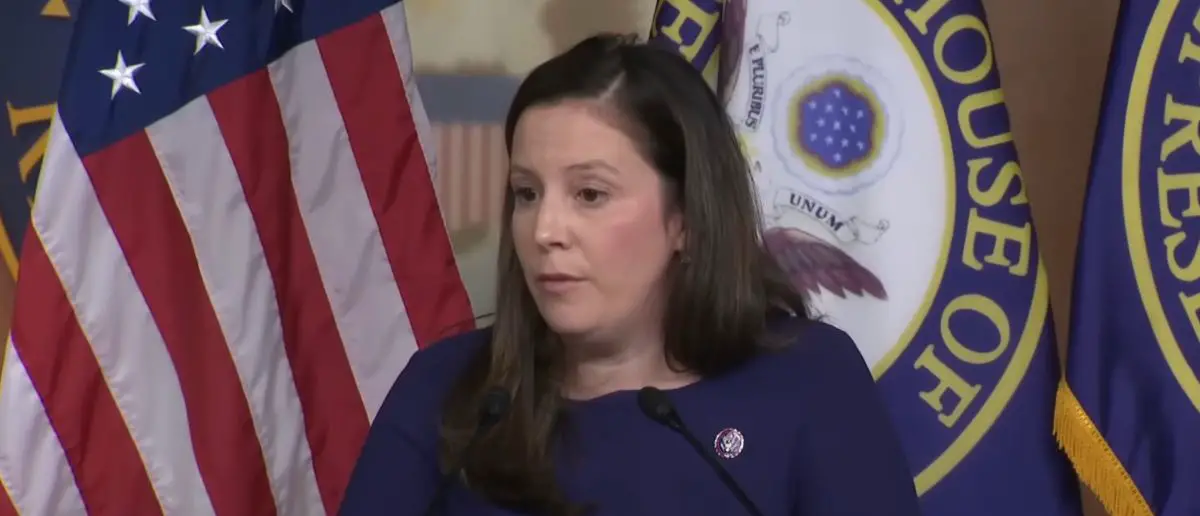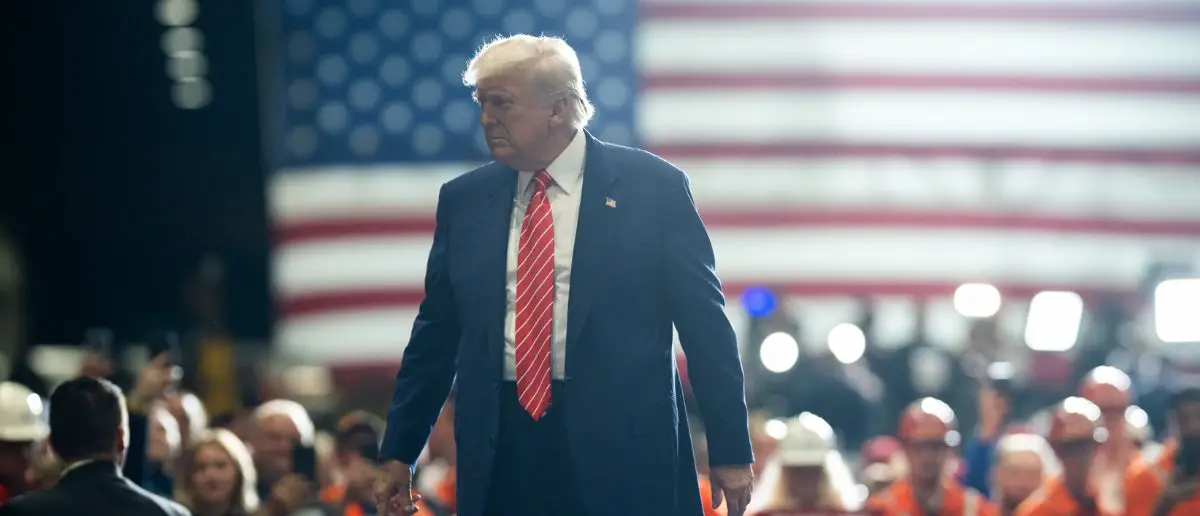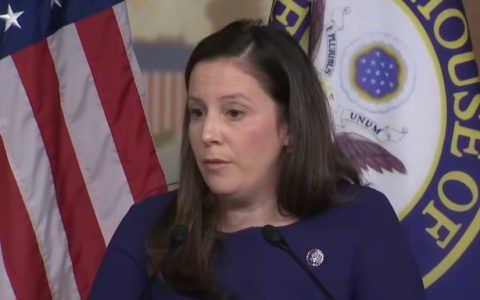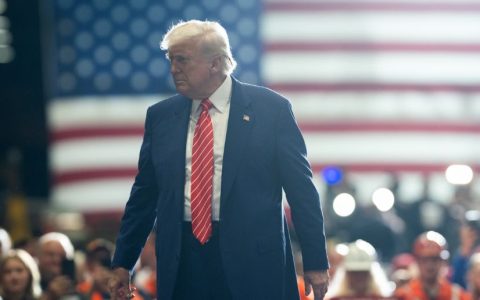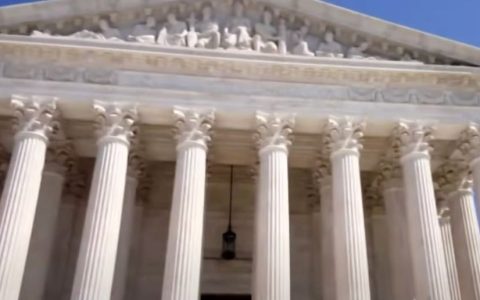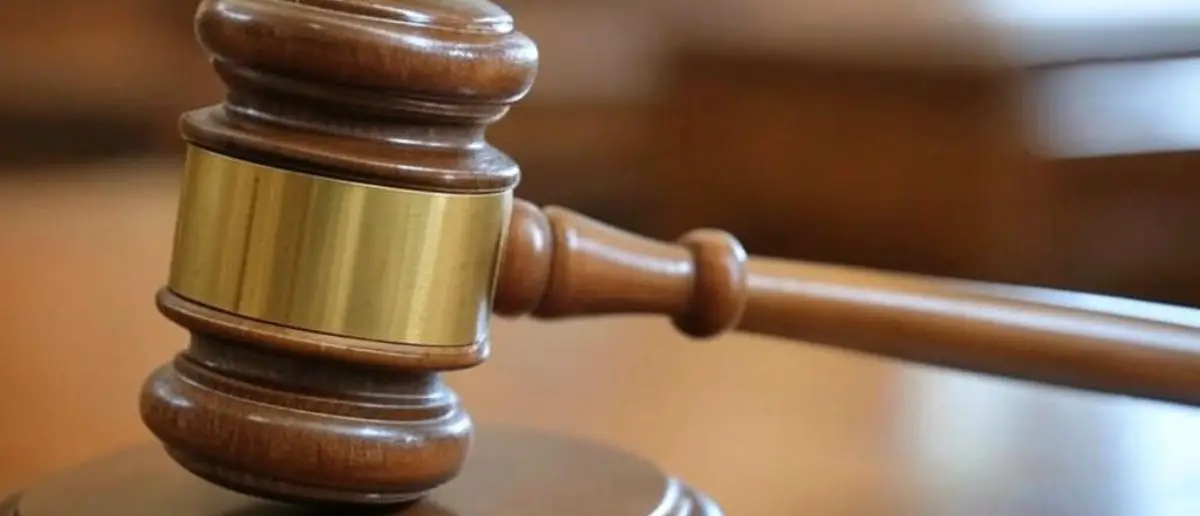
The Trump admin has been handcuffed. They’re in a tough spot with one way out.
That’s why the U.S. Supreme Court saw an emergency filing come in from President Trump.
Trump Administration Seeks Supreme Court Approval for Los Angeles Immigration Enforcement
The Trump administration has requested that the Supreme Court remove restrictions on immigration enforcement operations in Los Angeles, arguing for the continuation of unhindered law enforcement activity in the region.
The administration contends that a district court judge lacks the authority to oversee immigration enforcement in an area where approximately one in ten residents is an undocumented immigrant, according to their emergency filing.
“Not only is the Central District the Nation’s most populous district overall; at best estimate, it harbors some 2 million illegal aliens out of its total population of nearly 20 million people, making it by far the largest destination for illegal aliens,” the filing notes. It emphasizes that Los Angeles is a critical focus for enforcement due to the administration’s commitment to upholding immigration laws, which allow for investigative stops and detention to facilitate deportations.
In July, U.S. District Judge Maame Ewusi-Mensah Frimpong, appointed by President Biden, issued a ruling that limited the administration’s enforcement tactics. The order prohibited federal agents from using factors such as race, location, occupation, or speaking Spanish as the sole basis for immigration stops.
“Needless to say, no one thinks that speaking Spanish or working in construction always creates reasonable suspicion,” the filing states. “Nor does anyone suggest those are the only factors federal agents ever consider. But in many situations, such factors—alone or in combination—can heighten the likelihood that someone is unlawfully present in the United States, above and beyond the 1-in-10 baseline odds in the District.”
Trump Administration’s Immigration Enforcement Efforts with ICE
The Trump administration’s immigration enforcement strategy has centered on aggressive operations led by U.S. Immigration and Customs Enforcement (ICE), particularly in high-population areas like Los Angeles. Since early 2025, the administration has prioritized mass deportations, a key campaign promise, with a focus on removing individuals deemed public safety or national security threats. The Department of Homeland Security (DHS), under Secretary Kristi Noem, has reported significant arrest numbers, with ICE detaining over 65,000 undocumented immigrants in the first 100 days of the administration, including individuals with criminal convictions for offenses like assault, DUIs, and weapons violations.
Los Angeles, part of the Central District of California, has been a focal point due to its estimated 2 million undocumented immigrants, making it a strategic hub for ICE operations. The administration has deployed not only ICE but also Border Patrol, FBI, and DEA agents to conduct sweeps in areas like bus stops, Home Depot parking lots, and car washes, where day laborers often gather. These operations, which began intensifying in June, have led to nearly 3,000 arrests in the region, though data indicates that a majority of those detained had no criminal record beyond immigration violations.
Critics, including civil rights groups like the ACLU and Public Counsel, have accused the administration of unconstitutional tactics, alleging that ICE agents have targeted individuals based on race, ethnicity, or language without reasonable suspicion. A federal lawsuit filed in July claimed that these “roving patrols” violated the Fourth Amendment, which protects against unreasonable searches and seizures. The lawsuit highlighted cases of U.S. citizens and legal residents being detained, including one individual who was assaulted for appearing Latino while working at a tow yard.
On July 11, U.S. District Judge Maame Ewusi-Mensah Frimpong issued a temporary restraining order (TRO) that barred ICE from conducting stops without reasonable suspicion in Los Angeles and six surrounding counties. The order specifically prohibited reliance on factors like race, speaking Spanish, or working in certain occupations, such as construction or day labor. Additionally, the judge mandated that detainees be given immediate access to legal counsel, addressing claims that ICE had denied such access in violation of the Fifth Amendment.
The Trump administration swiftly challenged the TRO, arguing that it severely restricted their ability to enforce immigration laws in a region critical to their deportation goals. The administration’s appeal to the 9th U.S. Circuit Court of Appeals was denied on August 2, with the court upholding Frimpong’s ruling, citing evidence of a “pattern of officially sanctioned behavior” that likely violated constitutional protections. The administration then escalated the matter to the Supreme Court, filing an emergency application on August 7.
In its Supreme Court filing, the administration, represented by Solicitor General D. John Sauer, argued that the lower court’s restrictions created a “straitjacket” for law enforcement.
The controversy surrounding ICE’s tactics has sparked significant public backlash, particularly in Los Angeles, a city with a large Latino population and a history of resistance to aggressive immigration enforcement. Protests erupted in June and July, with clashes between demonstrators and federal agents, prompting the Trump administration to deploy National Guard troops to the city. Local leaders, including Los Angeles Mayor Karen Bass, have condemned the raids, calling them politically motivated and disruptive to community trust.
The administration has defended its approach by emphasizing its focus on removing “the worst of the worst,” including gang members, s*x offenders, and m*rderers. DHS spokesperson Tricia McLaughlin has stated that ICE’s operations are guided by individualized assessments and operational priorities, not quotas, despite claims from critics and a reported goal of 3,000 daily arrests. The administration has also highlighted its efforts to penalize businesses hiring undocumented workers, with ICE proposing over $1 million in fines since January.
Legal experts remain divided on the outcome of the Supreme Court appeal. Some, like Georgia State University law professor Eric J. Segall, suggest that the current court may favor the administration, given its recent rulings supporting executive authority on immigration matters. Others, such as University of Richmond professor Carl Tobias, argue that the administration’s extreme arguments may weaken its case in higher courts. The Supreme Court’s decision is expected in the coming weeks.

